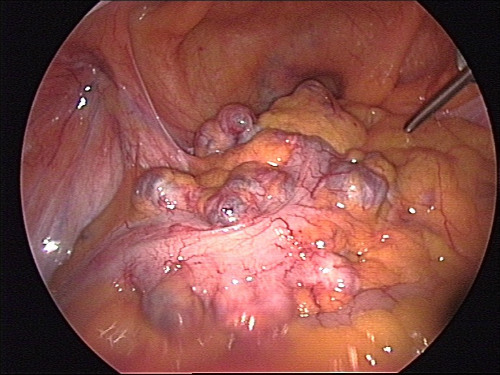- Off-hour admission is associated with increased mortality risk, according to a Cochrane systematic review and meta-analysis.
- Risk associations varied considerably with disease state.
- Off-hour admission was strongly associated with increased mortality for aortic aneurysm, breast cancer leukemia, respiratory neoplasm, pancreatic cancer, malignant neoplasm of genitourinary organs, colorectal cancer, pulmonary embolism, arrhythmia and cardiac arrest, and lymphoma.
- Patients can expect significantly better outcomes with on-hour admissions for a wide variety of disorders.
- Improved outcomes in the noted disorders.
Off-hour admission is associated with increased mortality risk, and the associations varied substantially for different diseases, according to a recent report in the Journal of the American Heart Association. “Specialists, nurses, as well as hospital administrators and health policymakers can take these findings into consideration to improve the quality and continuity of medical services,” the authors concluded.
Significantly improved outcomes were realized when patients present with the noted disorders during regular staff hours. These improved outcomes are associated with decreased mortality and morbidity, shorter hospital stay, and decreased costs. (Figures 1 and 2.)
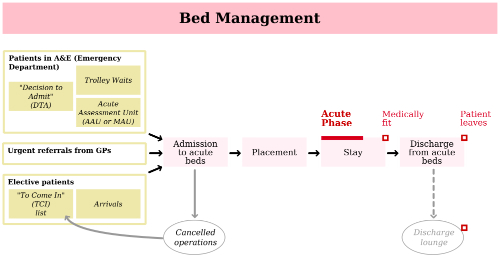
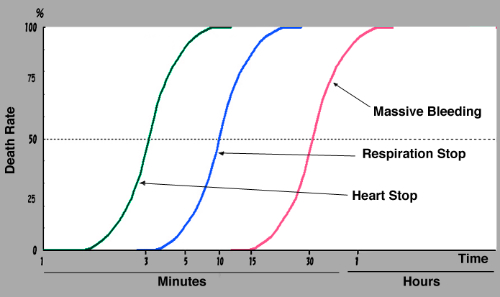
between survival and death for many trauma patients.
The Analysis
The researchers conducted a meta-analysis of 140 publications through a search of EMBASE, PUBMED, Web of Science, and Cochrane Database of Systematic Reviews. They identified cohort studies that evaluated the associations between off-hour admission and mortality. Significant associations were found between off-hour admissions for a number of disorders. Odds ratios for sub-optimal outcomes and increased mortality and morbidity were discovered for the following disorders. Random effects meta-analyses were identified in 251 cohorts. Among them:
- Aortic aneurysm (odds ratio, 1.52; 95% CI, 1.30-1.77); (Figures 3 and 4.)
- Breast cancer (1.50, 1.21-1.86;
- Leukemia (1.45, 1.17-1.79);
- Respiratory neoplasm (1.32, 1.20-1.26);
- Pancreatic cancer (1.32, 1.12-1.56)
- Malignant neoplasm of genitourinary organs (1.27, 1.08-1.49);
- Colorectal cancer (1.26, 1.07-1.49)
- Pulmonary embolism (1.20, 1.13-1.28);
- Arrhythmia and cardiac arrest (1.19, 1.09-1.29); and
- Lymphoma (1.19, 1.06-1.34).
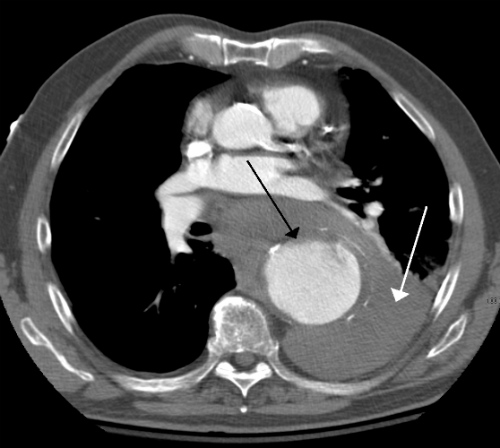
with increased mortality among patients admitted during off hours.
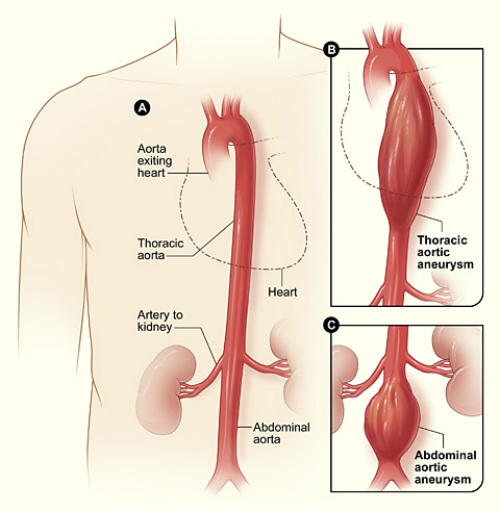
The researchers found weaker (odds ratios, <1.19) but statistically significant associations were noted for the following disorders:
- Bloodstream infections; (Figure 5.)
- Chronic obstructive pulmonary disease (COPD); and,
- Gastrointestinal bleeding
- Heart failure
- Intracerebral hemorrhage
- Myocardial infarction;
- Renal failure;
- Stroke;
- Subarachnoid hemorrhage;
- Traumatic brain injury
%20cropped.jpg)
The reviewers found no association between off-hour admissions and outcomes for:
- Aspiration pneumonia;
- Diverticulitis; (Figure 6.)
- Hip fracture;
- intestinal obstruction;
- Neonatal mortality;
- Peptic ulcer;
- Pneumonia; and,
- Trauma.
